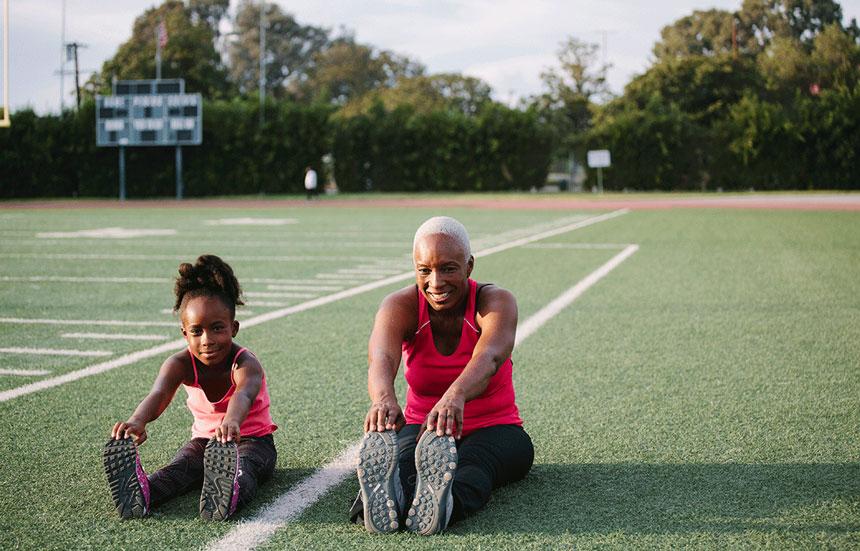Avoid These 5 Common Stretching Mistakes

Stretching is a component of fitness that can ease pain and improve blood flow, athletic performance and range of motion. Many people also find stretching to be relaxing and a method of stress management.
Ideally, you should stretch regularly – at least two or three times per week. You should stretch the major muscle groups, including calves, thighs, hips, low back, neck and shoulders. However, it’s important to talk to your doctor about stretching before you begin.
Certain conditions require you to limit your stretching. For example, if you have a herniated disc or osteoporosis, you should avoid stretches in which you bend over, like touching your toes, as it exacerbates the condition. Just as bending backwards can cause harm if you have spinal stenosis or spondylosis.
You also may want to consult a trainer. Many stretches may seem easy to perform, but stretching can sideline you from your regular activities if practiced with poor form. These are common mistakes people make:
- Using stretching as a warmup. Many people make this mistake. However, the purpose of a warmup is to raise your core body temperature. Stretching cold muscles leads to injuries. A typical warmup should involve light walking, marching or cycling for 5 to 10 minutes.
- Overstretching. As tempting as it may be to push your stretch a little further, you shouldn’t. Improving your flexibility takes time. When you stretch, you should feel a slight pull or tension in the muscle and hold for up to 20 seconds. You should not feel sharp, stabbing pains. If you do, it’s a sign you’re overstretching and risk injury such as strains and sprains. Another indicator is feeling sore the day after stretching.
- Forgetting about form. Good stretching is based on proper technique. Pay attention to your posture. Proper posture can help guide proper stretching. Also make sure you stretch both sides as evenly as possible.
- Practicing ballistic stretching. Ballistic stretching uses momentum, usually bouncing, to try forcing a joint to stretch beyond its normal limits. When dancers and athletes use this technique, it can be successful; however, if you’re goal is fitness, avoid it. It can tighten muscles and raise the risk for injury.
- Holding your breath. This prevents oxygen from reaching your muscles, causing fatigue and stress. Generally, you should inhale slowly to prepare, relax into the stretch and exhale on the exertion.
Again, make sure you talk to your doctor before beginning a stretching routine. To learn different stretches and how to perform them properly, please visit MDVIP Connect at https://connect.mdvip.com/fitness-plan.


